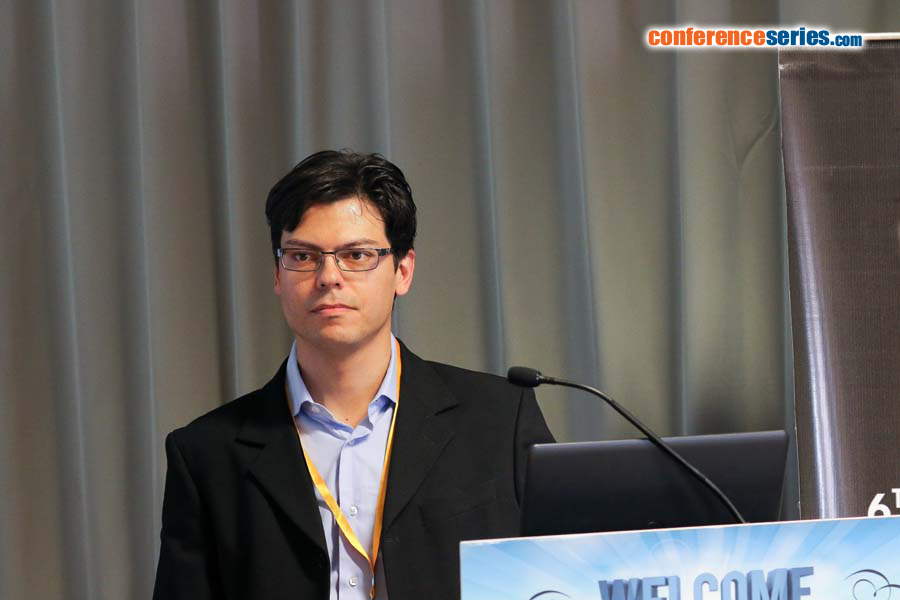
Michele Tonelli
University of Genoa, Italy
Title: Host DHFR-directed cycloguanil analogues endowed with promising activity against influenza virus and respiratory syncytial virus
Biography
Biography: Michele Tonelli
Abstract
The Orthomyxoviridae and Paramyxoviridae families comprise important respiratory pathogens, such as respiratory syncytial virus, influenza A and B viruses. The acute respiratory illnesses caused by these viruses represent a major medical need. In particular, the risk for a severe influenza A pandemic leads to the development of new and broadly acting therapeutics an urgent issue. Currently, used antiviral drugs preferentially inhibit virus-specific replication factors. An alternative and emerging strategy is to address host factors involved in virus replication, because less susceptible to mutate. Herein, we have identified a series of 4,6-diamino- 1,2-dihydrotriazines, structurally related to the antimalarial drug cycloguanil, as new inhibitors of influenza A and B virus and RSV via targeting of the host dihydrofolate reductase (DHFR) enzyme. They proved active against influenza B virus in the low micromolar
range, sometimes reaching the sub-micromolar potency of zanamivir (EC50=0.060 μM), and markedly exceeded (up to 327 times) the antiviral efficacy of ribavirin. Besides inhibiting two influenza A strains, more importantly the compounds displayed nanomolar activity against RSV with a SI (CC50/EC50)>10,000 for the most active compounds (EC50~0.008 μM), far surpassing the potency and safety profile of the licensed drug ribavirin (EC50=5.8 μM, SI>43). These compounds, tested against the recombinant protein of the hDHFR, also confirmed to bind this enzyme in the sub-micromolar range. Kinetic inhibition studies showed a competitive inhibition behavior, and docking studies disclosed the most probable binding mode for this class of compounds as hDHFR ligands.


